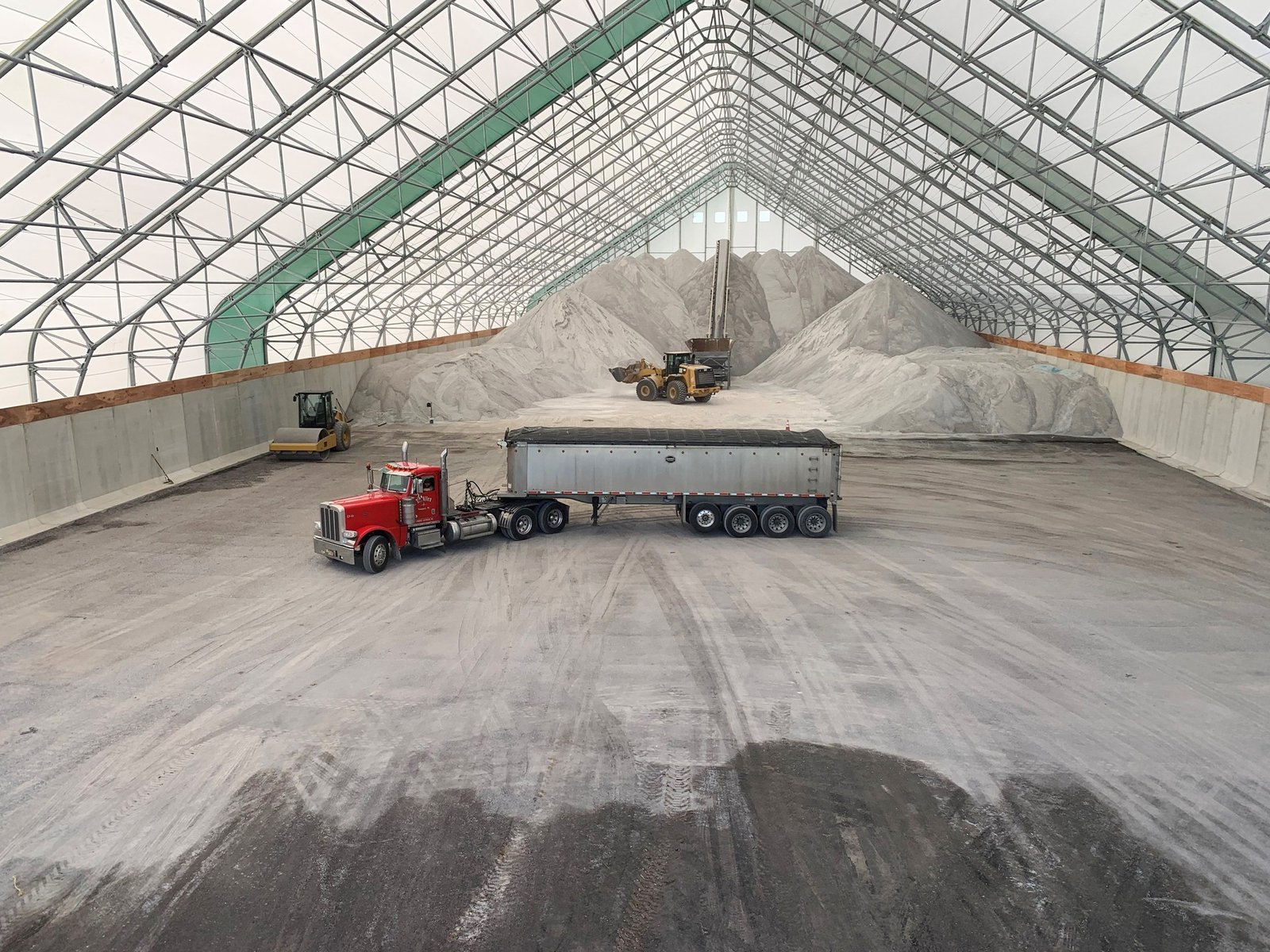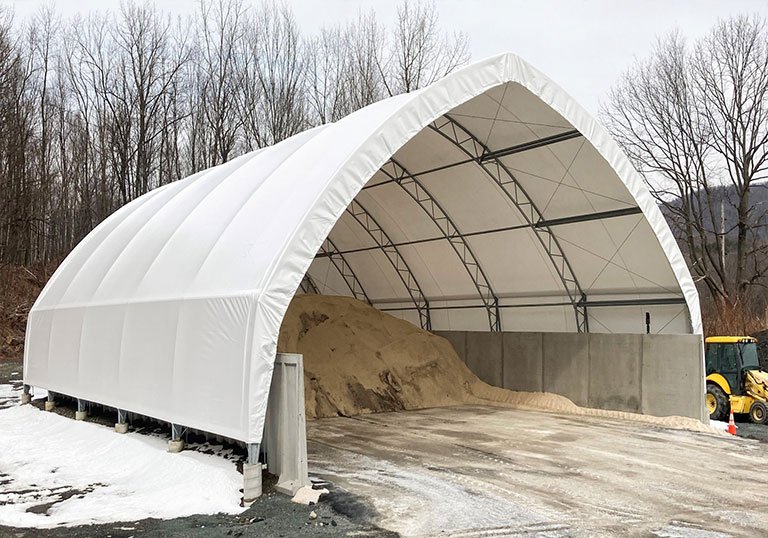What is the Fabric Buildings & What is the Standard Size
Fabric buildings, also known as tension fabric structures or fabric shelters, are versatile and durable structures used in various applications such as warehousing, agricultural storage, sports facilities, and temporary shelters. These structures utilize a strong, tensioned fabric material stretched over a metal frame.

Standard Sizes and Structure Material
Sizes:Fabric buildings come in a wide range of sizes to accommodate different needs. Common widths range from 20 feet (6 meters) to 200 feet (60 meters) or more, while lengths can extend to any size required, typically in increments of 20 feet (6 meters).Heights can vary, with common ranges from 10 feet (3 meters) to 50 feet (15 meters), depending on the specific design and application.Structure Material:Frame: The frame of a fabric building is usually constructed from galvanized steel or aluminum, providing strength and durability. The frame design can vary from simple arch shapes to more complex truss systems.Cover: The covering material is typically a heavy-duty, UV-resistant, and flame-retardant polyethylene (PE) or polyvinyl chloride (PVC) fabric. This fabric is designed to withstand harsh weather conditions and provide long-lasting protection
Advantages Compared to Concrete Buildings
Cost-Effective:Fabric buildings are generally less expensive to construct than traditional concrete buildings. The materials and labor required are typically lower, leading to significant cost savings.Quick Installation:The construction time for fabric buildings is much shorter than that for concrete structures. These buildings can often be erected in a matter of days or weeks, depending on the size and complexity.Portability and Flexibility:Fabric buildings can be easily relocated or reconfigured as needed. This portability makes them ideal for temporary or semi-permanent applications.The design allows for easy expansion or modification, providing flexibility to meet changing needs.Natural Light and Ventilation:The translucent nature of the fabric cover allows natural light to permeate the interior, reducing the need for artificial lighting during the day. Additionally, fabric buildings can be designed to maximize ventilation, creating a comfortable environment.Energy Efficiency:Fabric buildings often have better insulation properties compared to traditional structures, which can lead to lower heating and cooling costs. The fabric material helps to maintain a consistent internal temperature.Environmental Impact:Fabric buildings have a lower environmental impact compared to concrete structures. The materials used are often recyclable, and the construction process generates less waste and uses fewer resources.Minimal Foundation Requirements:Fabric buildings typically require minimal foundation work, which reduces site preparation costs and construction time. Some structures can be anchored directly to the ground or use simple footing systems.
 what is the life span of fabric building
what is the life span of fabric building
 what standard size of hoop barn and what material the fabric building use for
what standard size of hoop barn and what material the fabric building use for
